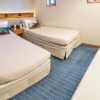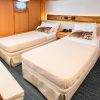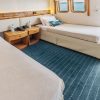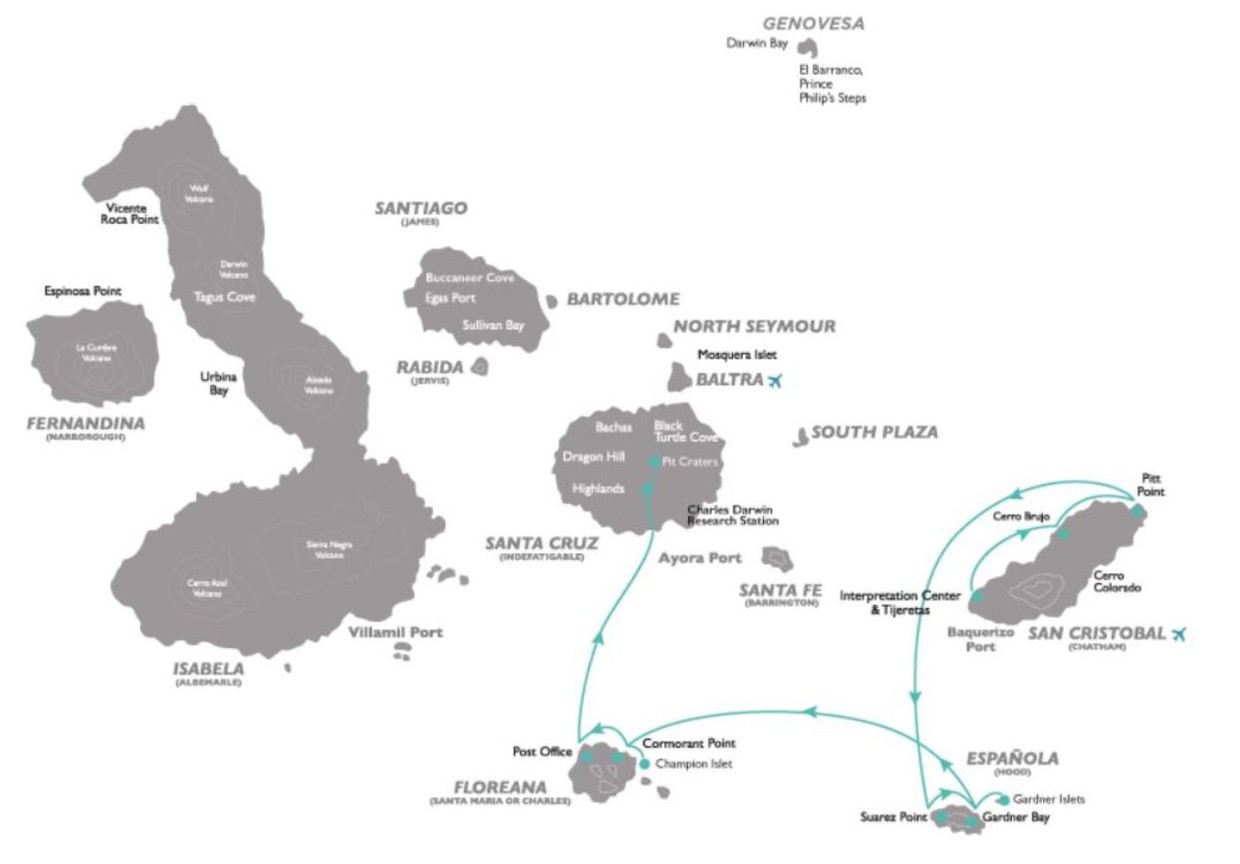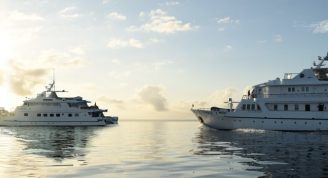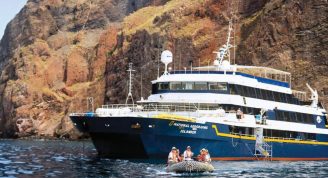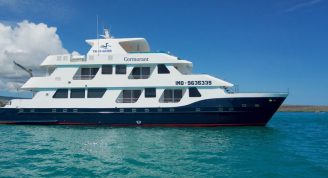Description
A short trip through the Galapagos islands for those of you with limited time this is a great cruise for you.
Española, the oldest island in the archipelago, is a prime sanctuary of birds. The dramatic setting among the black cliffs, the never-ending crashing of the waves below; the elaborate courtship rituals of the Galapagos albatross is one of the most beautiful scenes; it is the beginning of a life-long love story.
Trip Name
Galapagos South Cruise D (Coral I & II)
Days
5
Overview
Vessel Type: Yachts
Length: 40m & 24m
Passenger Capacity: 36 & 20
Built: 2005
The sister ships Coral I and Coral II are the perfect combination of classic beauty and exquisite style.
Built in Germany and Holland respectively, each ship surpasses all the standards you would expect from a high-class yacht in order to make your cruise among the enchanted islands extraordinary.
Every cabin features handsome wood decration, along with air-conditioning, a private bathroom, safe deposit box, telephone, and your choice of background music. Additionally, the Corals have plenty of room to relax with three sundecks (some shaded), a Jacuzzi, comfortable dining room and lounge.
To make sure that all the passengers for the Coral I and Coral II have the same experience, both yachts do the same itinerary. For this reason, passengers can be placed on either yacht.



